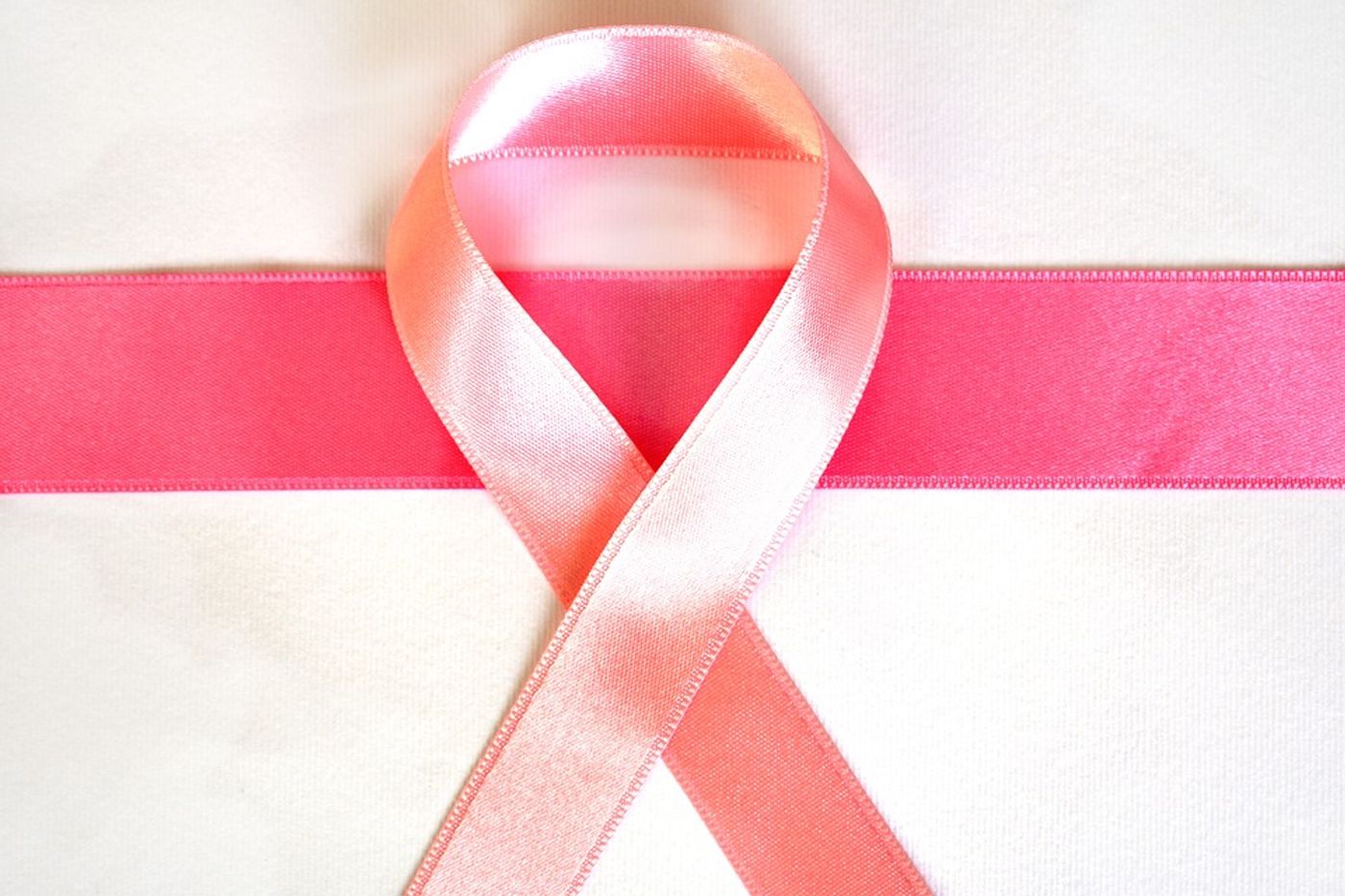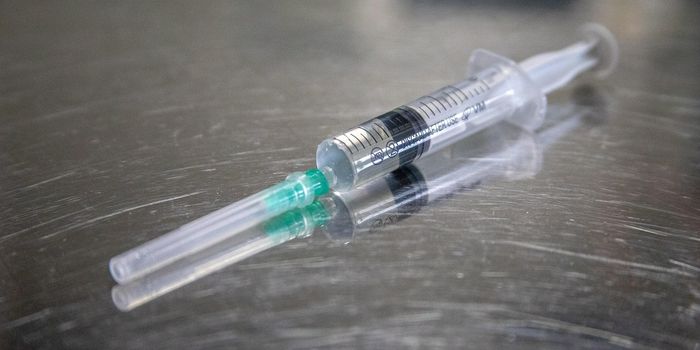New Freezing Technique for Breast Cancer Patients in Low Income Countries
Treatment for breast cancer can be too expensive and hard to access for many women in lower-income countries. These women are disproportionately affected by breast cancer and experience a higher related mortality rate. In the United States, more than 90 percent of women survive breast cancer. But in countries like The Gambia, Saudi Arabia or Uganda, survival rates are much lower, ranging from about 12 to 64 percent.
A student-led research team of the Biomedical Engineering Design Program at Johns Hopkins University is creating a novel approach to bringing successful treatment to more breast cancer patients around the world. Many of these women cannot afford or reach procedures like chemotherapy, radiation and surgery. Cryoablation, or killing cancerous tissue by freezing it, can be preferable because it does not require an operating room or anesthesia and so can be performed in community clinics.
This technique typically uses argon gas, which can cost as much as $10,000 per treatment and can be hard to come by in many parts of the world. The Johns Hopkins team used carbon dioxide instead, which is much cheaper and easier to find. According to EurekAlert, they tested this procedure in three experiments that mimicked the temperatures and conditions of human breasts, finding it could successfully kill tumor tissue. The three test materials or environments were ultrasound gel, rats with mammary tumors and the normal liver of a pig. The device met standard freezing temperatures for tissue death for similar U.S. devices and killed at least 85 percent of the tumor tissue.
"Innovation in cancer care doesn't always mean you have to create an entirely new treatment, sometimes it means radically innovating on proven therapies such that they're redesigned to be accessible to the majority of the world's population," Bailey Surtees, the study's first author and a Johns Hopkins University biomedical engineering graduate, said. The researchers now plan to continue testing the device for use with people and also hope to broaden its application to pets. Their findings were published in July 2019 in PLOS One.
An animation of the procedure is below:
Source: EurekAlert










